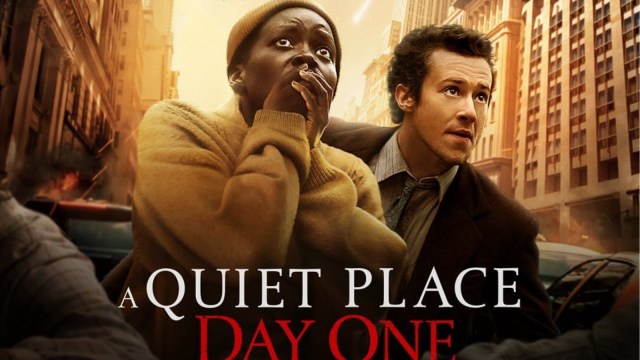What To Know
- The third part of the film series, “Day One,” is spinning off and back story telling of the franchise from the point of view of the Abbott family to Samira, a terminally ill cancer patient portrayed by Nyong’o.
- Thus, the film gives a feeling of unfulfilled potential, while the advantages attempted to coincide with the emotional scope of the story, the dramatic logic of the post apocalyptic setting wins out.
- The questionable acting by McCarthy is overshadowed by the fact that while the movie has the elements of provocative dramatic play, it lacks the essential energy of an explosive plot.
Lupita Nyong’o’s performance in “A Quiet Place: Only the first shot can be deemed an example of a cinematic component coping with the film’s progressive evolution of an even more dystopian New York; “Day One” yields waves of tenderness. Director Michael Sarnoski seems to be conscious of this fact and therefore positions Nyong’o face in such a way that such feelings are evoked. Nevertheless, the questionable acting by McCarthy is overshadowed by the fact that while the movie has the elements of provocative dramatic play, it lacks the essential energy of an explosive plot.
The third part of the film series, “Day One,” is spinning off and back story telling of the franchise from the point of view of the Abbott family to Samira, a terminally ill cancer patient portrayed by Nyong’o. She more embodies a survival of sorts through the chaos of the invasion which is a departure from the previous films’ narratives of survival at any cost.
This is Sarnoski in a nutshell: perhaps thematically inspired enough to dig into the solitude and detachment pervading most couples’ lives, but dramatically limp at best. Thus, the excessive focus on Nyong’o’s facial movements is not able to fully offset the absence of tense plot and profound character development to the movie. These are reinforced by rather mundane key sequences as one that includes Sam, an English law student, Eric played by Joseph Quinn suggesting there is a much deeper emotional narrative that is never quite delivered.
Despite its flaws, “A Quiet Place: In themes of sweetness and imagery “Day One” works at some particular instances, and of course, Nyong’o did it great. Thus, the film gives a feeling of unfulfilled potential, while the advantages attempted to coincide with the emotional scope of the story, the dramatic logic of the post apocalyptic setting wins out.


